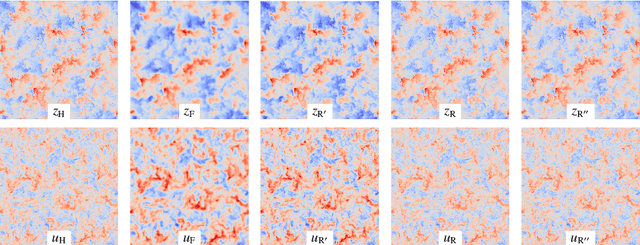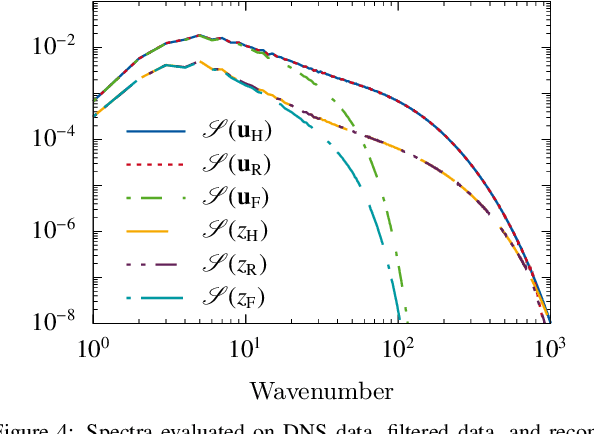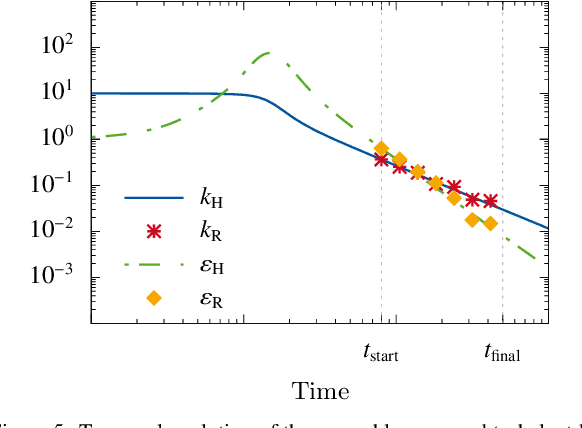Zeyu Lian
Tree-Based Learning on Amperometric Time Series Data Demonstrates High Accuracy for Classification
Feb 06, 2023Abstract:Elucidating exocytosis processes provide insights into cellular neurotransmission mechanisms, and may have potential in neurodegenerative diseases research. Amperometry is an established electrochemical method for the detection of neurotransmitters released from and stored inside cells. An important aspect of the amperometry method is the sub-millisecond temporal resolution of the current recordings which leads to several hundreds of gigabytes of high-quality data. In this study, we present a universal method for the classification with respect to diverse amperometric datasets using data-driven approaches in computational science. We demonstrate a very high prediction accuracy (greater than or equal to 95%). This includes an end-to-end systematic machine learning workflow for amperometric time series datasets consisting of pre-processing; feature extraction; model identification; training and testing; followed by feature importance evaluation - all implemented. We tested the method on heterogeneous amperometric time series datasets generated using different experimental approaches, chemical stimulations, electrode types, and varying recording times. We identified a certain overarching set of common features across these datasets which enables accurate predictions. Further, we showed that information relevant for the classification of amperometric traces are neither in the spiky segments alone, nor can it be retrieved from just the temporal structure of spikes. In fact, the transients between spikes and the trace baselines carry essential information for a successful classification, thereby strongly demonstrating that an effective feature representation of amperometric time series requires the full time series. To our knowledge, this is one of the first studies that propose a scheme for machine learning, and in particular, supervised learning on full amperometry time series data.
Using Physics-Informed Super-Resolution Generative Adversarial Networks for Subgrid Modeling in Turbulent Reactive Flows
Nov 26, 2019



Abstract:Turbulence is still one of the main challenges for accurately predicting reactive flows. Therefore, the development of new turbulence closures which can be applied to combustion problems is essential. Data-driven modeling has become very popular in many fields over the last years as large, often extensively labeled, datasets became available and training of large neural networks became possible on GPUs speeding up the learning process tremendously. However, the successful application of deep neural networks in fluid dynamics, for example for subgrid modeling in the context of large-eddy simulations (LESs), is still challenging. Reasons for this are the large amount of degrees of freedom in realistic flows, the high requirements with respect to accuracy and error robustness, as well as open questions, such as the generalization capability of trained neural networks in such high-dimensional, physics-constrained scenarios. This work presents a novel subgrid modeling approach based on a generative adversarial network (GAN), which is trained with unsupervised deep learning (DL) using adversarial and physics-informed losses. A two-step training method is used to improve the generalization capability, especially extrapolation, of the network. The novel approach gives good results in a priori as well as a posteriori tests with decaying turbulence including turbulent mixing. The applicability of the network in complex combustion scenarios is furthermore discussed by employing it to a reactive LES of the Spray A case defined by the Engine Combustion Network (ECN).
 Add to Chrome
Add to Chrome Add to Firefox
Add to Firefox Add to Edge
Add to Edge